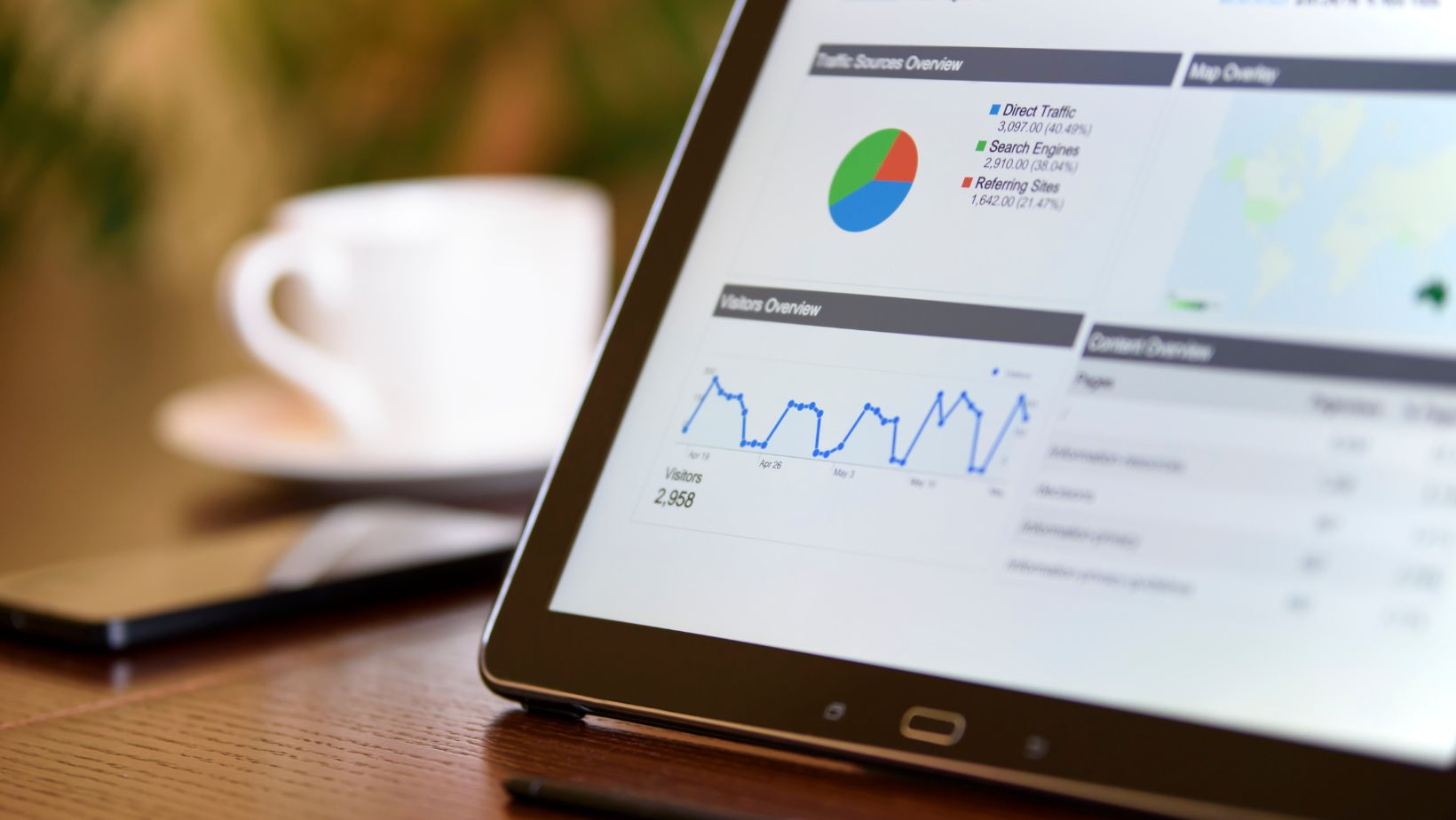Unlocking valuable business insights starts with a strong financial reporting process. Record-to-Report (R2R) software goes beyond automating accounting tasks; it provides real-time visibility, improves data accuracy, and enables deeper financial analysis. Some organizations integrate an influence diagram into their R2R workflows to visually map the relationships between key financial variables, aiding in strategic decision-making.
When leveraged effectively, R2R software helps businesses track performance, identify trends, and make informed strategic decisions.
In this blog, we’ll explore how organizations can use R2R software to gain better business insights, optimize reporting workflows, and drive smarter financial management.
Role of Record-to-Report (R2R) in Driving Business Insights
Financial data holds the key to better decision-making, but without the right tools, its potential remains untapped. Record to Report Software transforms financial data into actionable insights, enabling businesses to improve reporting accuracy, enhance forecasting, and drive strategic growth.
Unified financial data for clearer insights: R2R software consolidates data from multiple sources; ERPs, treasury systems, and accounting tools. It eliminates data silos and ensures a single source of truth for financial reporting. This unified view helps businesses analyze performance holistically.
Real-time reporting for faster decision-making: Manual reporting processes create delays and outdated insights. With R2R software, finance teams gain real-time access to financial metrics, enabling quick adjustments to budgets, forecasts, and strategic plans based on current data.
Automated variance analysis to detect anomalies: R2R software automates variance analysis, flagging discrepancies in financial statements and cash flow trends. Early detection of anomalies helps businesses prevent errors, mitigate financial risks, and maintain compliance.
Advanced forecasting for proactive planning: By leveraging historical data and predictive analytics, R2R software improves cash flow forecasting, revenue projections, and expense management. This helps businesses anticipate financial trends and allocate resources efficiently.
How Record-to-Report (R2R) Improves Financial Processes?
Efficient financial processes are critical for maintaining accuracy, compliance, and strategic decision-making. However, traditional financial close and reporting methods are often slow, error-prone, and resource-intensive. Record-to-Report (R2R) software transforms these processes by automating key tasks, enhancing data accuracy, and streamlining financial workflows.
Faster and more accurate financial close: Closing the books at the end of a reporting period is often a time-consuming process, especially when relying on manual reconciliations and data entry. R2R software automates journal entries, reconciliations, and intercompany eliminations, reducing the time required to complete the financial close. This ensures that businesses can generate timely and accurate financial statements without unnecessary delays.
Automated account reconciliation: Manual reconciliation processes are prone to errors and inefficiencies. R2R software automates account reconciliations by matching transactions, flagging discrepancies, and ensuring that all accounts are balanced. This not only improves accuracy but also helps finance teams focus on investigating anomalies rather than spending hours on routine reconciliations.
Standardized financial reporting: Consistency in financial reporting is crucial for compliance and informed decision-making. R2R software ensures that financial reports follow standardized templates and adhere to regulatory requirements. Whether preparing balance sheets, cash flow statements, or P&L reports, businesses can generate accurate and audit-ready reports with minimal effort.
Real-time visibility into financial data: Traditional reporting methods often provide delayed insights, limiting a company’s ability to make proactive financial decisions. R2R software provides real-time dashboards and data analytics, allowing finance teams to track key metrics, identify trends, and make data-driven decisions on the go.
Improved compliance and audit readiness: Maintaining compliance with accounting standards and regulatory requirements is a major challenge for businesses. R2R software automates compliance checks, ensures data accuracy, and maintains detailed audit trails. This simplifies the auditing process and minimizes the risk of financial discrepancies or regulatory penalties.
Key Business Insights Enabled by R2R Software
Record to report goes beyond just automating the financial close; it converts financial data into actionable insights for more informed decision-making. By consolidating data and offering real-time insights, it gives companies a more transparent understanding of their financial status and overall performance. Here are several important insights facilitated by automated record-to-report software:

Profitability analysis: R2R software enables businesses to assess profitability across products, services, and business units. By tracking revenue, costs, and margins, finance teams can identify the most profitable segments and optimize resource allocation.
Cash flow insights: Accurate cash flow forecasting is crucial for financial stability. R2R software provides real-time visibility into cash inflows and outflows, helping businesses manage liquidity, reduce financial risks, and make strategic investment decisions.
Variance and trend analysis: R2R software aids companies in identifying financial inconsistencies promptly by evaluating actual performance against budgets and forecasts. Trend analysis enables organizations to proactively modify strategies and enhance financial planning.
Risk and compliance oversight: Through automated reconciliation and audit logs, R2R software assists organizations in identifying discrepancies, deterring fraud, and maintaining adherence to financial regulations, thereby minimizing the risk of expensive mistakes.
Conclusion
R2R software equips companies with precise financial data, immediate insights, and automated workflows, turning financial management from a mundane chore into a competitive benefit. Through optimizing reconciliations, refining reporting, and boosting forecasting, it facilitates more informed decision-making and better financial oversight. Organizations that utilize R2R effectively can enhance efficiency, minimize risks, and obtain a competitive advantage in today’s rapid business landscape.









